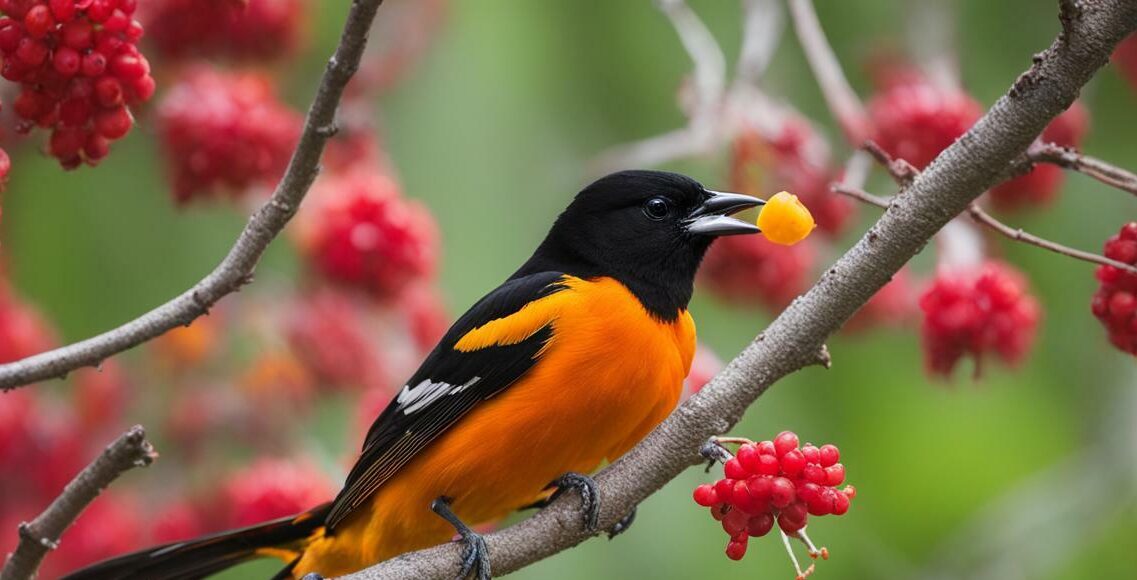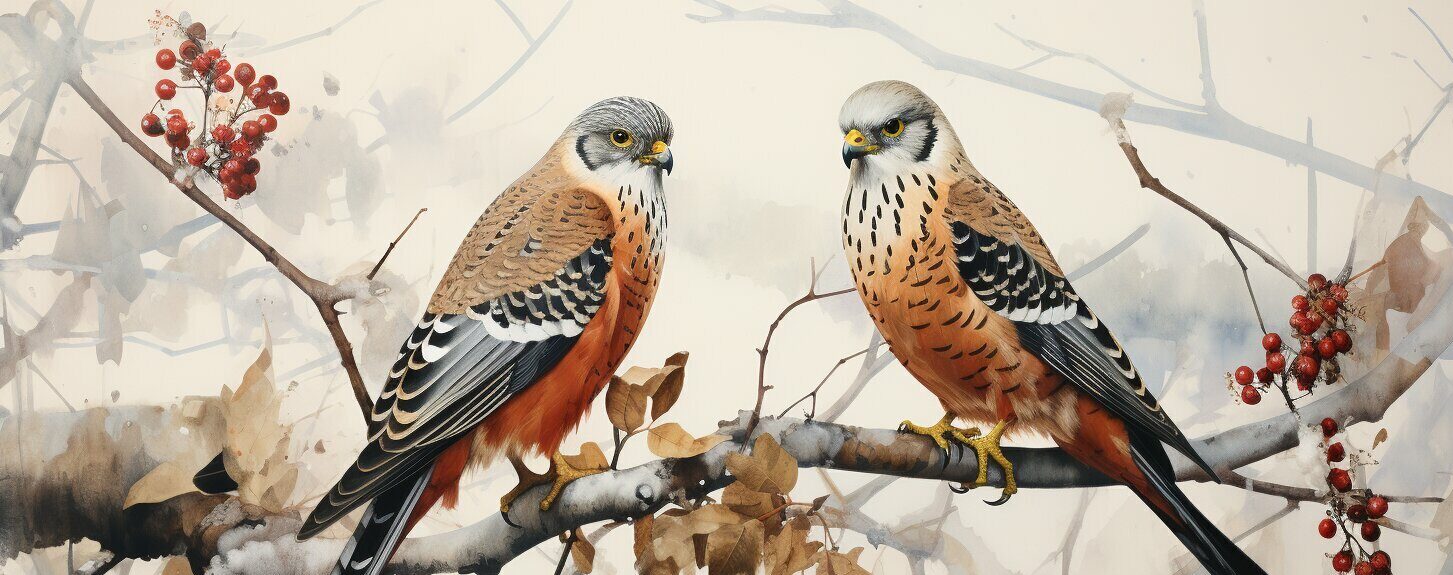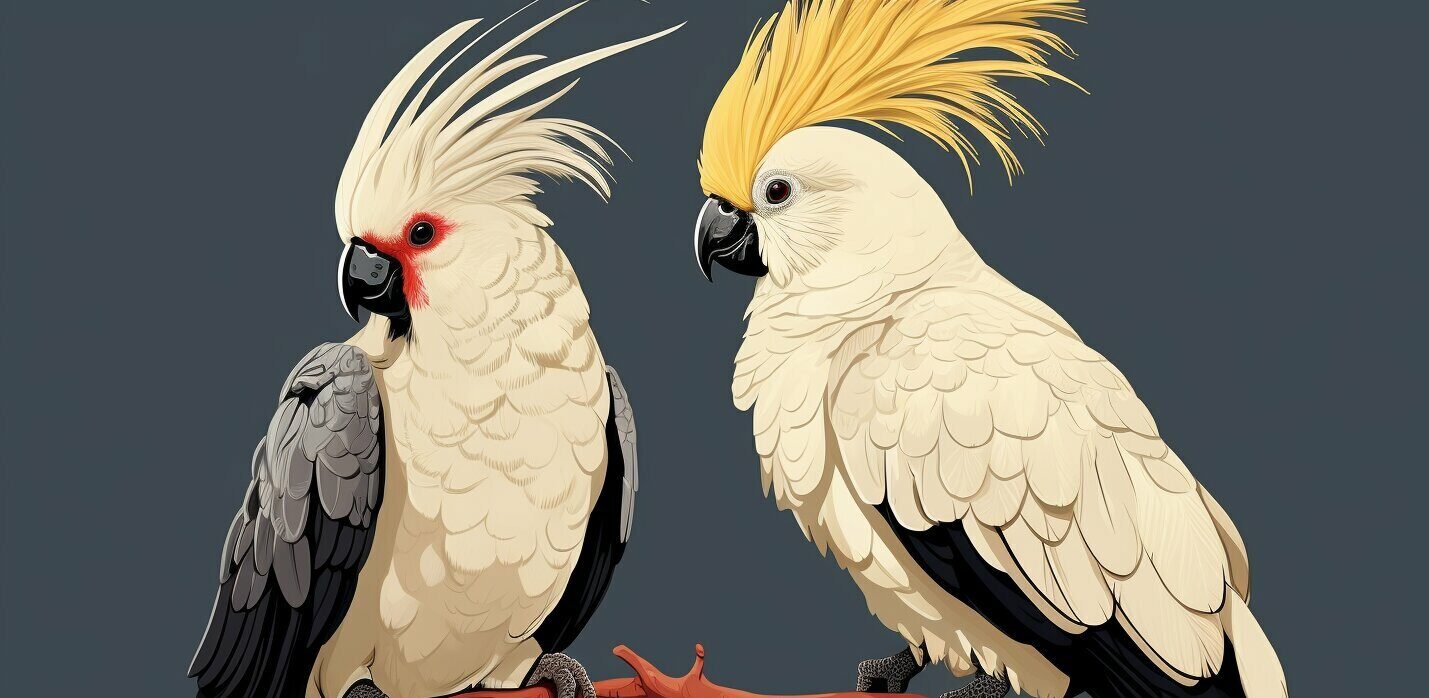Orioles and tanagers are both species of birds, but they have several notable differences that set them apart.
The Western tanager is a stocky songbird that is larger and heavier-bodied than warblers. Breeding males have a bright yellow body with black wings and a flaming orange-red head. Nonbreeding males have a yellow head that gradually becomes red as they molt into breeding plumage. Females are yellowish overall with dark wings marked by two wingbars. They are found in forested habitats and feed on insects and fruits.
On the other hand, Bullock’s oriole thrives amongst streamside vegetation, particularly in willows. They are also common in Boise. They have bright orange plumage with black wings and a black face mask. Orioles and tanagers both acquire their red pigment from their diet, which consists of insects that ingest it from plants. They can be attracted to backyards by hanging old apples near bird feeders.
In summary, orioles and tanagers are similar in their colorful plumage and insect and fruit-eating habits, but they have different habitat preferences. Orioles are often found around streamside vegetation, while tanagers are common in forested habitats.
Key Takeaways:
- Orioles and tanagers are both bird species with distinct characteristics.
- The Western tanager is larger and heavier-bodied than warblers, with bright yellow body and black wings.
- Bullock’s oriole sports bright orange plumage and a black face mask.
- Orioles and tanagers acquire their red pigment from their diet of insects that ingest it from plants.
- Orioles prefer streamside vegetation, while tanagers are commonly found in forested habitats.
Colors of Orioles and Tanagers
Orioles and tanagers are known for their striking colors, with each species having unique features that make them easily distinguishable. Let’s explore the vibrant plumage of these remarkable birds.
The Western tanager is a stocky songbird that flaunts a bright yellow body with black wings and a flaming orange-red head during the breeding season. As nonbreeding males molt into their breeding plumage, their yellow head gradually transitions into a vivid red. Females, on the other hand, have a yellowish overall appearance with dark wings adorned by two wingbars.
Bullock’s oriole, on the other hand, showcases a stunning combination of bright orange plumage, black wings, and a distinctive black face mask. This visually striking coloration makes them easy to spot. Both orioles and tanagers acquire their red pigment from their diet, as they feed on insects that ingest pigmented compounds from plants.
It’s worth noting that orioles and tanagers can be attracted to backyards by hanging old apples near bird feeders. These fruits serve as an additional food source and entice these vibrant birds to visit.
Color Comparison Table:
| Bird Species | Coloration |
|---|---|
| Western Tanager | Bright yellow body, black wings, and flaming orange-red head |
| Bullock’s Oriole | Bright orange plumage, black wings, and black face mask |
In summary, orioles and tanagers both captivate with their exquisite colors. While Western tanagers exhibit a yellow body with black wings and a striking red head, Bullock’s orioles stand out with their bright orange plumage and distinctive black face mask. These distinct features enable bird enthusiasts to identify and appreciate the beauty of these magnificent creatures.
Habitats of Orioles and Tanagers
Orioles and tanagers have specific habitat preferences, influencing where they can be found and observed in the wild. Understanding these preferences can enhance our appreciation of these beautiful bird species.
Orioles, such as the Bullock’s oriole, thrive in areas with streamside vegetation, particularly among willow trees. These vibrant birds are commonly found in habitats near streams, rivers, and other bodies of water. Their bright orange plumage stands out against the green foliage, making them a delight to spot.
Tanagers, on the other hand, prefer forested habitats. One notable example is the Western tanager, which is a stocky songbird with stunning colors. These birds can be found in coniferous forests, wooded areas, and parks with abundant trees. Their distinctive yellow body, black wings, and flaming orange-red head are a dazzling sight among the forest canopy.
It is interesting to note that both orioles and tanagers rely on insects and fruits for their diet. This common preference for food sources also influences their habitat choices. Insects are often abundant near streams and water bodies, attracting orioles to these areas. In contrast, the forested habitats favored by tanagers provide a rich supply of insects and fruits, supporting their nutritional needs.
| Orioles | Tanagers |
|---|---|
| Prefer streamside vegetation | Prefer forested habitats |
| Bright orange plumage | Distinctive yellow body, black wings, flaming orange-red head |
| Feed on insects and fruits | Feed on insects and fruits |
| Can be attracted to backyards with old apples |
In conclusion, orioles and tanagers may share similar dietary preferences and stunning colors, but their habitat choices set them apart. Orioles thrive among streamside vegetation, while tanagers find their home in forested habitats. Observing these exquisite birds in their preferred habitats adds to the joy of birdwatching and appreciating nature’s diversity.
Behaviors of Orioles and Tanagers
Orioles and tanagers exhibit distinct behaviors that can aid in their identification and differentiation. Understanding these behaviors can help bird enthusiasts and nature lovers distinguish between these two vibrant species.
One key behavior that sets orioles apart is their unique nesting habits. Orioles are known for their skill in building intricate, pendulous nests. These hanging structures are often woven using plant fibers, grasses, and other natural materials. Orioles position their nests at the tips of branches, providing a safe and hidden location for their eggs and nestlings. Tanagers, on the other hand, tend to build cup-shaped nests in the forks of tree branches. These nests are smaller and more compact in comparison to oriole nests.
Additionally, orioles and tanagers have different feeding techniques. Orioles have a distinctive way of foraging, known as “gleaning.” They search for insects and nectar by carefully inspecting leaves, flowers, and tree bark. Tanagers, on the other hand, are more agile and active in their pursuit of food. They are known for their swift flight through the forest canopy, catching insects on the wing and plucking fruits from trees.
Furthermore, the migration patterns of orioles and tanagers differ. Orioles are known to undertake long-distance migrations, often traveling thousands of miles from their breeding grounds to their wintering grounds. They are skilled navigators, relying on various cues such as celestial navigation and geographical landmarks. Tanagers, on the other hand, may migrate shorter distances or exhibit altitudinal migration, moving to different elevations within their habitat.
| Orioles | Tanagers | |
|---|---|---|
| Diet | Insects and nectar | Insects and fruits |
| Nesting | Pendulous nests made of plant fibers and grasses | Cup-shaped nests in tree forks |
| Foraging | Gleaning technique, inspecting leaves, flowers, and bark | Active pursuit, catching insects on the wing and plucking fruits from trees |
| Migration | Long-distance migrations | Shorter distances or altitudinal migration |
In conclusion, by observing the behaviors of orioles and tanagers, one can easily identify and differentiate between these colorful birds. Orioles’ intricate pendulous nests, gleaning foraging technique, and long-distance migrations are distinct from tanagers’ cup-shaped nests, active pursuit foraging, and shorter migrations. Each species has its own unique characteristics, contributing to the vibrancy and diversity of the avian world.
Food Preferences of Orioles and Tanagers
Orioles and tanagers share similarities in their food preferences, but they also have differences in their specific dietary requirements. Both species are known for their love of insects and fruits, which contribute to their vibrant colors. However, the types of insects and fruits they consume can vary.
Orioles, such as the Bullock’s oriole, are often attracted to areas with streamside vegetation, particularly in willows. They have a particular affinity for insects and fruits found in these habitats. Their bright orange plumage and black wings make them a striking sight as they forage among the foliage. Orioles are also commonly found in Boise, where they can be enticed to backyard feeders by hanging old apples. Their diet consists primarily of insects that they catch on the wing, as well as fruits like berries and oranges.
Tanagers, on the other hand, are predominantly found in forested habitats. The Western tanager, for example, thrives in forests and woodlands. These birds feed on a variety of insects, including beetles, ants, and wasps. They also have a taste for fruits like berries, cherries, and grapes. Interestingly, both orioles and tanagers acquire their red pigment from their diet, as it is ingested by the insects they consume.
While both orioles and tanagers enjoy a diet of insects and fruits, their specific food preferences and the habitats in which they are commonly found set them apart. Whether it’s the streamside vegetation of willows or the forested landscapes of woodlands, these birds fill our natural environments with their vibrant colors and unique dietary habits.
Summary:
- Orioles and tanagers share similarities in their food preferences, which include insects and fruits.
- Orioles, like the Bullock’s oriole, are attracted to streamside vegetation and feed on insects and fruits found in such habitats.
- Tanagers, such as the Western tanager, prefer forested habitats and also consume a variety of insects and fruits.
- Both orioles and tanagers acquire their red pigment from their diet, as it is ingested by the insects they consume.
| Orioles | Tanagers | |
|---|---|---|
| Preferred Habitat | Streamside vegetation, willows | Forested habitats |
| Diet | Insects, fruits (berries, oranges) | Insects, fruits (berries, cherries, grapes) |
| Distinctive Feature | Bright orange plumage, black wings | Yellow body, black wings, flaming orange-red head |
Conclusion
In conclusion, orioles and tanagers are both beautiful bird species, but they have notable differences in their appearance, habitat preferences, and behaviors.
Orioles, such as the Bullock’s oriole, sport vibrant orange plumage with black wings and a distinctive black face mask. They thrive in streamside vegetation, particularly in willows, and are commonly found in areas like Boise. These stunning birds acquire their red pigment from their insect-based diet, ingesting it from plants. To attract orioles to your backyard, try hanging old apples near bird feeders.
Tanagers, like the Western tanager, are stocky songbirds that are larger and heavier-bodied than warblers. Breeding males are known for their bright yellow bodies, black wings, and flaming orange-red heads. Nonbreeding males gradually molt into their breeding plumage, where their yellow heads turn red. Females are yellowish overall with dark wings marked by two wingbars. Tanagers prefer forested habitats, where they feed on insects and fruits.
While both orioles and tanagers share a love for insects and fruits, their habitat preferences set them apart. Orioles favor streamside vegetation, while tanagers are commonly found in forested habitats. These distinctions in habitat allow for different distribution patterns and environmental requirements for each species. Understanding these differences can help birdwatchers and nature enthusiasts appreciate the diversity and beauty of both orioles and tanagers in their natural habitats.
FAQ
Q: What is the difference between Orioles and Tanagers?
A: Orioles and tanagers are both species of birds. While both have vibrant colors and feed on insects and fruits, they have different habitat preferences. Orioles are often found around streamside vegetation, while tanagers are common in forested habitats.
Q: What are the distinguishing features of Orioles and Tanagers?
A: Orioles have bright orange plumage with black wings and a black face mask. Tanagers, on the other hand, have a bright yellow body with black wings and a flaming orange-red head. Females of both species have yellowish plumage with dark wings marked by two wingbars.
Q: Where can I find Orioles and Tanagers?
A: Orioles thrive amongst streamside vegetation, particularly in willows. They are also common in places like Boise. Tanagers, on the other hand, are found in forested habitats.
Q: How can I attract Orioles and Tanagers to my backyard?
A: Orioles and tanagers can be attracted to backyards by hanging old apples near bird feeders. This provides them with a food source and may entice them to visit your yard.
Q: What do Orioles and Tanagers eat?
A: Both Orioles and Tanagers feed on insects and fruits. They acquire their vibrant colors from their diet, as the insects they consume ingest the pigment from plants.



